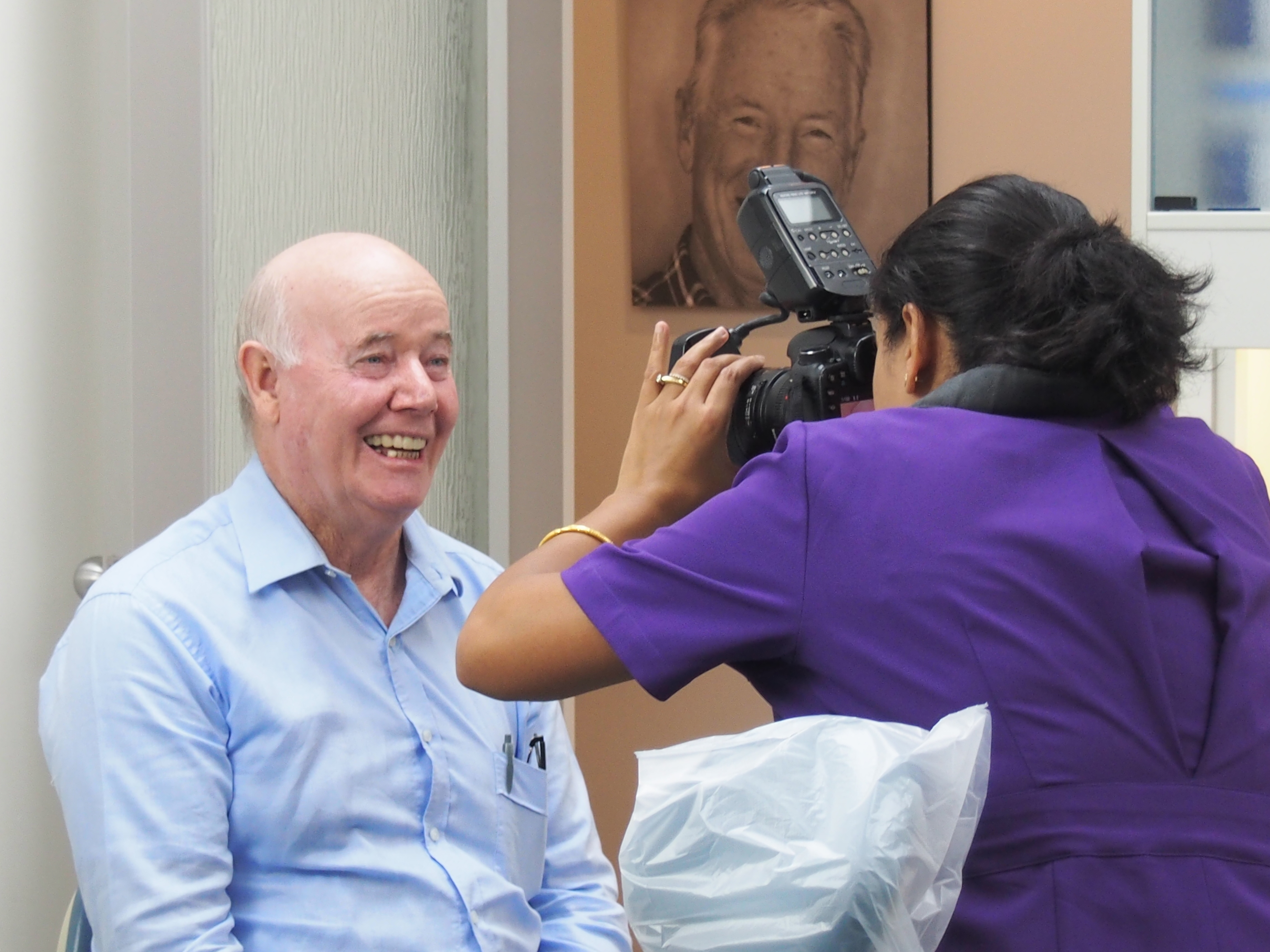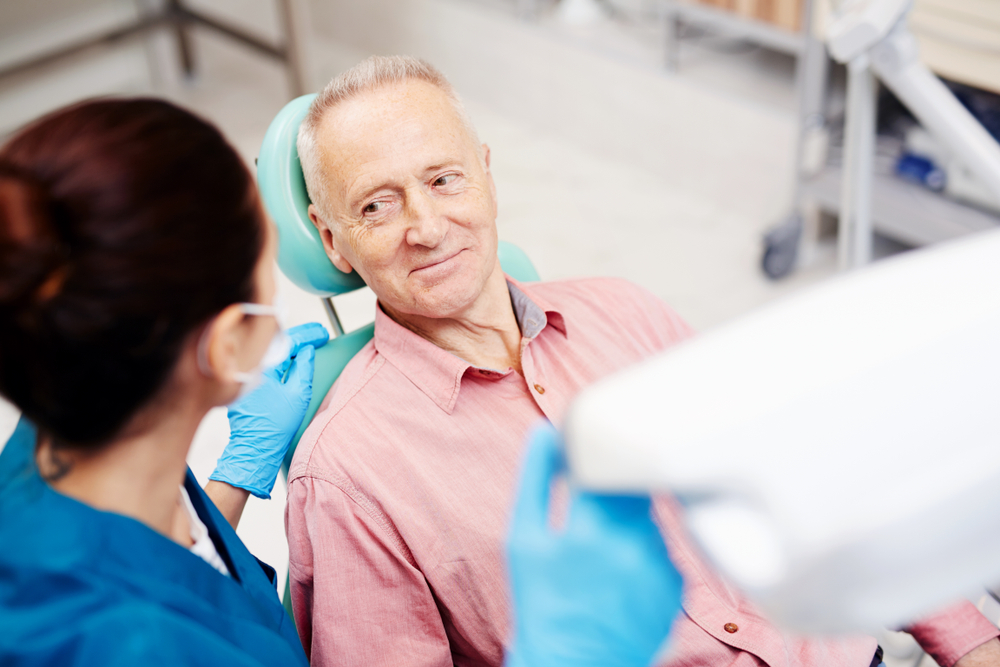It is not easy to go from no photography in your practice, to complete documentation.
The main issue holding us back is time.
Photography takes time
However it can also have a huge positive effect on the comprehensiveness of our cases, our overall quality, and our ability to prove what we did, or did not do, many years later.
Like many things, the difficulty with photography is the learning curve, and how to implement it. If implemented incorrectly, it will slow us down to such an extent, that we will give up and abandon the project.
Here are some tips for getting there
- Start small. Do not try to go from zero to hero in your documentation.
If you start trying to document every step of every case, you will give up.
Start with new patient exams. Once you are doing this, try doing one case once a week that you book a little extra time for.
Eventually go to three photos per case. Start, midway, and finish.
Then in a year or so, go full protocol if you want. It is not necessary for everyone.
New patient photos are very important though, if you want your average patient much more involved in their care. - Routines. Routines are fast. Custom tailoring is not.
It is faster to have all the camera gear out including retractors and mirrors, every time, every case, even if you don’t use it, then to get it out when you need it.
So advise your DA to have it set up for every case. - Explain why. Staff need to know why.
Explain to them why you are going to take photos, and also explain that it is extremely important that you do from now on.
Emphasise the importance so they are under no illusions about what you will think if they resist your new approach by not getting things out. - Choreograph. Occasionally practice the routine of taking photos and uploading them quickly for new patient consults.
- Practice and experiment.
Sometimes get the camera out when you have absolutely no time pressure and fiddle with all the settings and see how they affect your photos. Every camera is slightly different even if it is the same brand and model. So see what works for yours.






